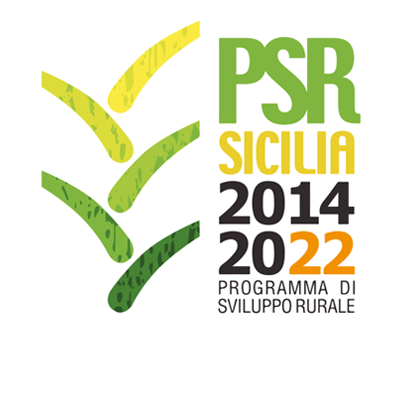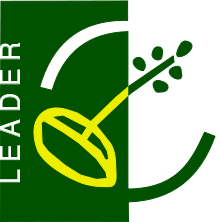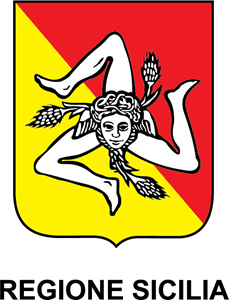Shirazi
Country
Specie
ISO3
UZB
Transboundary name
Shirazi
Breed classification (geographic)
Regional
Color comments
uni coloured: grey
Number of horns males
0
Number of horns females
0
Domestication status
domestic
Taxonomic classification
Variety
Description of origin
grey (lethal when homozygous) variety of Karakul
Local cryo conservation status
No Information
Local Risk
Unknown
Detailed local risk status
Unknown
Regional Transboundary Risk (detailed)
Unknown
Saradzhinskaya
Country
Specie
ISO3
UZB
Language
ru.
Transboundary name
Sary-Ja
Other name
Sary-Ja
Breed classification (geographic)
International
Color comments
uni coloured: grey
Number of horns males
0
Number of horns females
0
Weight males
85.00
Weight females
57.50
Other specific visible traits
fat-rump
Herdbook
y
Domestication status
domestic
Taxonomic classification
Breed
Description of origin
improved by Degeres since 1950
Local cryo conservation status
No Information
Local Risk
Unknown
Detailed local risk status
Unknown
International Transboundary Risk detailed
Unknown
Parkentskaya Myaso-Sherstnaya
Country
Specie
ISO3
UZB
Language
ru.
Other name
Parkent Mutton-Wool
Breed classification (geographic)
Local
Color comments
uni coloured: white
Number of horns males
0
Number of horns females
0
Domestication status
domestic
Taxonomic classification
Breed
Local cryo conservation status
No Information
Local Risk
Unknown
Detailed local risk status
Unknown
Hissar
Country
Specie
ISO3
UZB
Other name
Gissar
Breed classification (geographic)
Local
Adaptability to specific environment
The animals have strong and high extremities, with the lengthened trunk.
Color comments
uni coloured: black
Number of horns males
0
Number of horns females
0
Weight males
100.00
Weight females
67.50
Other specific visible traits
body constitution and are considered as the largest sheep in the world. Have a strong constitution with strongly pronounced fat tail.
Domestication status
domestic
Taxonomic classification
Breed
Description of origin
imported from Tadjikistan; locally adapted breed
Location within country
mainly found in the Surkhandarya and Kashkadarya regions.
Local cryo conservation status
No Information
Local Risk
Unknown
Detailed local risk status
Unknown
Dzhaidara
Country
Specie
ISO3
UZB
Language
ru.
Transboundary name
Jaidara
Other name
Djaidara, Jaydara, Jaidara
Breed classification (geographic)
Regional
Color comments
uni coloured: black (65-68%), tan (24-26%), grey or brown
Number of horns males
0
Number of horns females
0
Weight males
80.00
Weight females
57.00
Other specific visible traits
fat rump, large, meaty, with fat tail and massive.
Domestication status
domestic
Taxonomic classification
Breed
Description of origin
Locally adapted breed. Jaydara breed was introduced to the territory of the country by the method of national selection and bred in Fergana valley.
Local cryo conservation status
No Information
Local Risk
Unknown
Detailed local risk status
Unknown
Regional Transboundary Risk (detailed)
Unknown
Arabi
Country
Specie
ISO3
UZB
Breed classification (geographic)
Local
Color comments
uni coloured: black
Number of horns males
0
Number of horns females
0
Domestication status
domestic
Taxonomic classification
Variety
Description of origin
variety of Karakul
Local cryo conservation status
No Information
Local Risk
Unknown
Detailed local risk status
Unknown
Akhangaranskaya Myaso-sherstnaya
Country
Specie
ISO3
UZB
Language
ru.
Other name
Akhangaran Mutton-Wool
Breed classification (geographic)
Local
Number of horns males
0
Number of horns females
0
Domestication status
domestic
Taxonomic classification
Breed
Description of origin
composite of Caucasian and Lincoln and Jaidara
Local cryo conservation status
No Information
Local Risk
Unknown
Detailed local risk status
Unknown
Willamette
Country
Specie
ISO3
USA
Language
eng.
Breed classification (adaptedness)
Native
Breed classification (geographic)
Local
Other special qualities
This breed was selected for weight and score.
Number of horns males
0
Number of horns females
0
Domestication status
domestic
Taxonomic classification
Breed
Description of origin
composite of (Cheviot x Columbia) and (Dorset Horn x Columbia)
Year of origin
1952
Location within country
originated in Willamette Valley by Oregon State University, Oregon
Local cryo conservation status
No Material
Local Risk
Unknown
Detailed local risk status
Unknown
Wensleydale
Country
Specie
ISO3
USA
Language
En
Transboundary name
Wensleydale
Breed classification (adaptedness)
Exotic
Breed classification (geographic)
International
Local cryo conservation status
Not Sufficient
Local Risk
Unknown
Detailed local risk status
Unknown
International Transboundary Risk detailed
Endangered
Wiltshire Horn
Country
Specie
ISO3
USA
Language
eng.
Transboundary name
Wiltshire Horn
Breed classification (adaptedness)
Locally adapted
Breed classification (geographic)
International
Number of horns males
2
Number of horns females
2
Horn shape size and comments
Males and Females: Horned
Weight males
104.35
Weight females
65.80
Domestication status
domestic
Taxonomic classification
Breed
Description of origin
Wiltshire, Enlgand
Import
1624
Local cryo conservation status
No Material
Local Risk
Unknown
Detailed local risk status
Unknown
International Transboundary Risk detailed
Vulnerable




